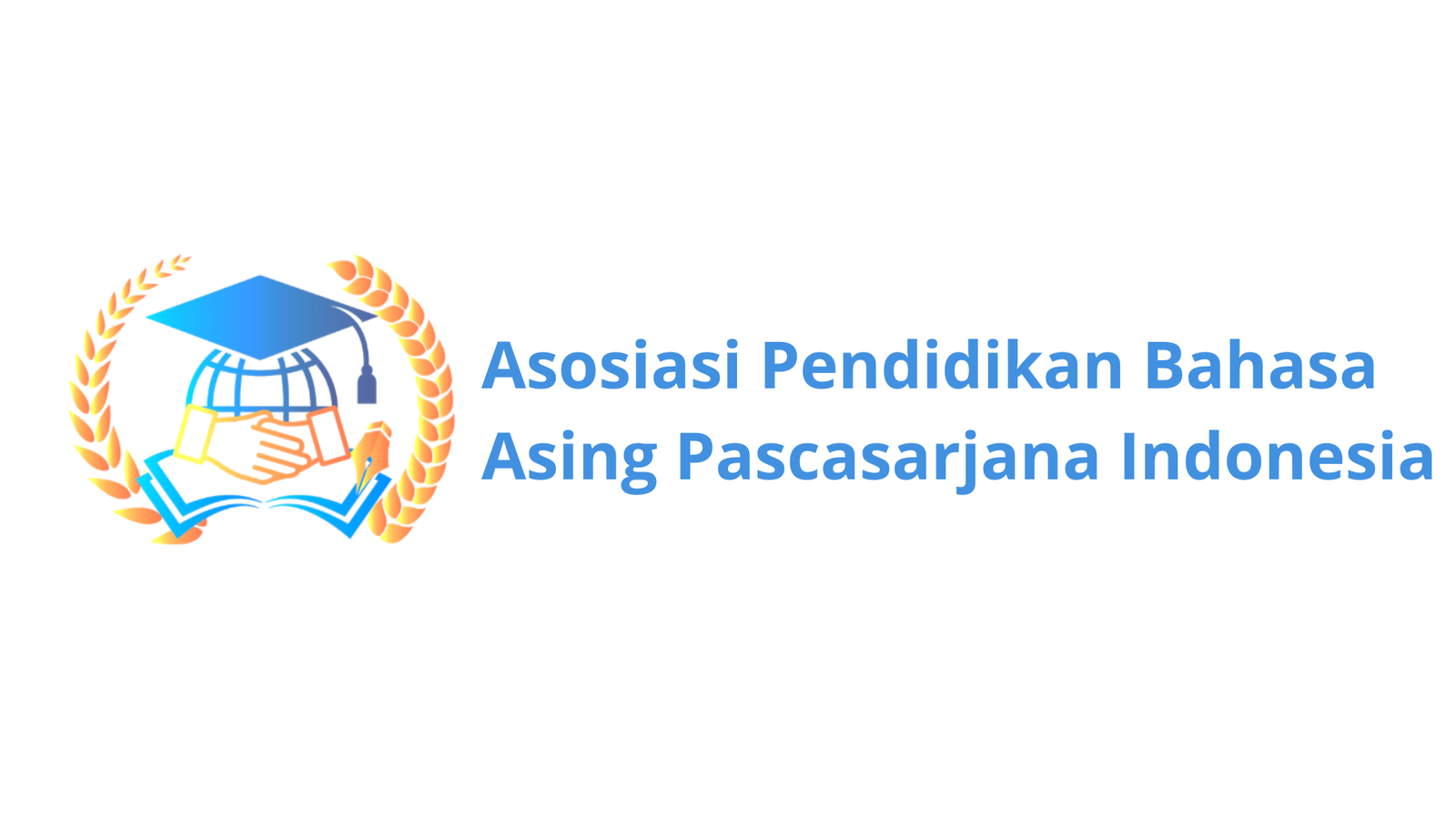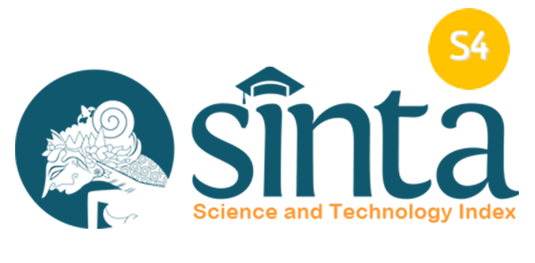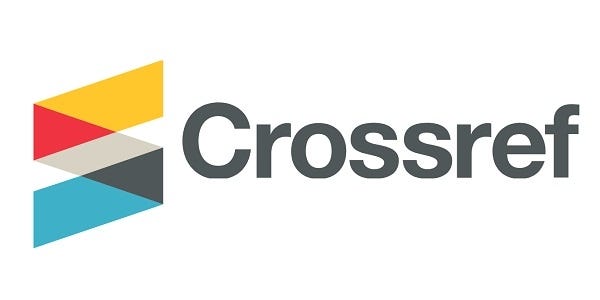Post Covid-19 Reflection from Indonesian EFL Students on Their Learning Autonomy
DOI:
https://doi.org/10.36663/tatefl.v5i2.879Keywords:
Autonomous learners, Distance learning, EFL, Internet resourcesAbstract
Distance learning is an alternative way to reduce the spread of the Covid-19 pandemic. In this situation, learning was conducted through electronic media and internet connection independently. So, in this case, students must take the initiative to understand the material without having a face-to-face guide from the teacher which might increase their learning autonomy. This research aims to examine students’ reflections on how they learned English autonomously during the Covid-19 pandemic unveil the perception of learner autonomy, and find out the factors that influence learner autonomy after experiencing distance learning. The present research implemented a mixed-method of research design by administering the questionnaire and conducting a semi-structured interview. The respondents were the students of the English Language Education Study Program at the State Islamic University of Mataram. The findings showed that students gain autonomy in English learning by utilizing the internet resources optimally, such as YouTube, Google, social media, and learning applications during distance learning. They also have a very positive response to learning autonomy, in terms of the role of the learner, the role of the lecturer, the type of task, and the role of the environment
Downloads
References
Adianingrum, E. K. (. (2017). Learner autonomy in language learning: English education students ’ attitudes. Conference on Language and Language Teaching, 473– 478.
Al-Husban, N., & Tawalbeh, M. (2023). EFL teachers’ practices and perspectives on learner autonomy in virtual language learning environments in Jordan. International Journal of Language Education, 7(1), 1–12. https://doi.org/10.26858/ijole.v1i1.36156 DOI: https://doi.org/10.26858/ijole.v1i1.36156
Alic, C., Aoki, N., & Smith, R. (2018). Autonomy in language learning and teaching: New research agendas. Palgrave Pivot London. https://doi.org/10.1057/978-1-137-52998-5 DOI: https://doi.org/10.1057/978-1-137-52998-5
Ariawan, S. (2021). Perception and expectation of EFL students on ideal online learning: A survey study in an Indonesian Islamic higher education. International Journal of English and Applied Linguistics (IJEAL), 1(3), 250–257. https://doi.org/10.47709/ijeal.v1i3.1241 DOI: https://doi.org/10.47709/ijeal.v1i3.1241
Ariawan, S. (2023). EFL students’ learning strategies during Covid-19 pandemic: A comparative study between urban and rural school settings. Jo-ELT (Journal of English Language Teaching) Fakultas Pendidikan Bahasa & Seni Prodi Pendidikan Bahasa Inggris IKIP, 10(2), 239-250. https://doi.org/10.33394/jo-elt.v10i2.7524 DOI: https://doi.org/10.33394/jo-elt.v10i2.7524
Benson, P. (2001). Teaching and researching autonomy in language learning. Pearson Education.
Chan, V. (2001). Readiness for learner autonomy : What do our learners tell us ? Teaching in Higher Education, 6(4), 505–518. http://dx.doi.org/10.1080/13562510120078045 DOI: https://doi.org/10.1080/13562510120078045
Fotiadou, A., Angelaki, C., & Mavroidis, I. (2017). Learner autonomy as a factor of the learning process in distance education. European Journal of Open, Distance and E-Learning, 20(1), 96–111. https://doi.org/10.1515/eurodl-2017-0006 DOI: https://doi.org/10.1515/eurodl-2017-0006
Han, L. (2014). Teacher’s role in developing learner autonomy: A literature review. International Journal of English Language Teaching, 1(2), 21–27. https://doi.org/10.5430/ijelt.v1n2p21 DOI: https://doi.org/10.5430/ijelt.v1n2p21
Higgs, J. (1988). Planning learning experiences to promote autonomous learning. Nicholas Publishing Company.
Holec, H. (1981). Autonomy in foreign language learning. Pergamon.
Jacobs, G. M., Renandya, W. A., & Power, M. (2016). Simple, powerful strategies for student centered learning. Springer. DOI: https://doi.org/10.1007/978-3-319-25712-9
Kemala, Z. (2016). An analysis of factors influencing the autonomous learners in learning English. ELTIN Journal, 4(1), 11–20. https://e-journal.stkipsiliwangi.ac.id/index.php/eltin/article/view/335
Khadir, F., Tersta, F. W., & Afria, R. (2020). Students’ perception of autonomous learning activities in English language teaching and learning context at one of public senior high school in Jambi. J-SHMIC : Journal of English for Academic, 7(1), 66–76. https://doi.org/10.25299/jshmic.2020.vol7(1).4599 DOI: https://doi.org/10.25299/jshmic.2020.vol7(1).4599
Khotimah, K., Basthomi, Y., & Eliyanah, E. (2023). “I was never taught about it”: Indonesian EFL pre-service teachers’ perceptions of learner autonomy. Issues in Educational Research, 33(2), 653–672.
Khusniyah, N. L., & Ariawan, S. (2024). Enhancing English reading proficiency through student reading habits. AL-ISHLAH: Jurnal Pendidikan, 16(2), 1816–1824. https://doi.org/10.35445/alishlah.v16i2.4760 DOI: https://doi.org/10.35445/alishlah.v16i2.4760
Littlewood, W. (1999). Defining and developing autonomy in East Asian contexts. Applied Linguistics, 20(1), 71–94. https://doi.org/10.1093/applin/20.1.71 DOI: https://doi.org/10.1093/applin/20.1.71
Miles, M. B., A. Huberman, M., & Saldana, J. (2014). Qualitative data analysis : A method source book. Sage. https://doi.org/10.7748/ns.30.25.33.s40 DOI: https://doi.org/10.7748/ns.30.25.33.s40
Muliyah, P., Aminatun, D., Nasution, S. S., Hastomo, T., Sitepu, S. W., & Tryana, T. (2020). Exploring learners’ autonomy in online language-learning in STAI Sufyan Tsauri Majenang. Getsempena English Education Journal, 7(2), 382–394. https://doi.org/10.46244/geej.v7i2.1164 DOI: https://doi.org/10.46244/geej.v7i2.1164
Suhandra, R., & Ariawan, S. (2023). Exploring EFL student teachers’ experiences on the roles of teacher mentors during teaching practicum. JOLLT Journal of Languages and Language Teaching, 11(4), 901–911. https://doi.org/10.33394/jollt.v11i4.8742 DOI: https://doi.org/10.33394/jollt.v11i4.8742
Utami, A. A. I. D. A., Sidaryanti, N. N. A., & Wirahyuni, K. (2024). Burnout among EFL teachers in Indonesia: Levels and factors. The Art of Teaching English as a Foreign Language, 5(1), 67–76. https://doi.org/10.36663/tatefl.v5i1.691 DOI: https://doi.org/10.36663/tatefl.v5i1.691
Downloads
Published
How to Cite
Issue
Section
License
Copyright (c) 2024 Syarifudin, Soni Ariawan, Rabbania Zaikalina

This work is licensed under a Creative Commons Attribution-ShareAlike 4.0 International License.
License Terms
- Attribution — You must give appropriate credit, provide a link to the license, and indicate if changes were made. You may do so in any reasonable manner, but not in a way that suggests the licensor endorses you or your use.
- ShareAlike — If you remix, transform, or build upon the material, you must distribute your contributions under the same license as the original.
- No additional restrictions — You may not apply legal terms or technological measures that legally restrict others from doing anything the license permits.


















